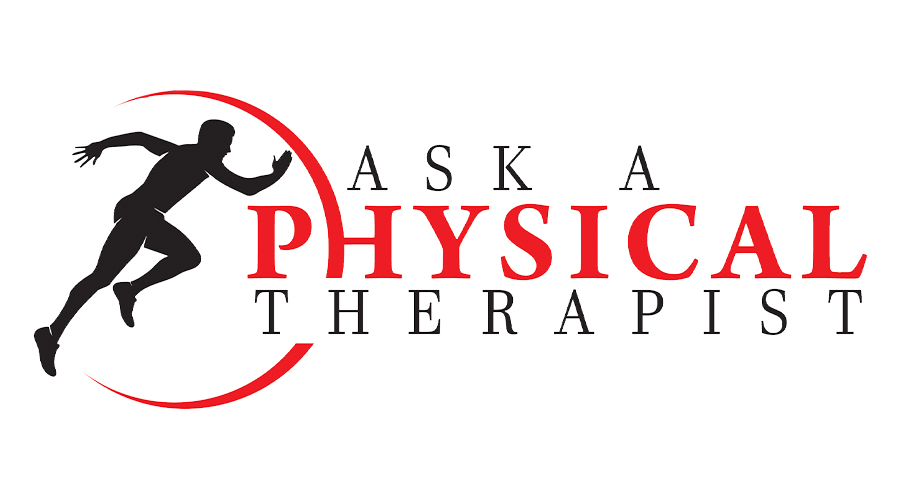ASK A PHYSICAL THERAPIST
- 20 Apr - 26 Apr, 2024

Q: Doctor kindly guide about physiotherapy in spinal cord injury patients.
A: Spinal Cord Injuries (SCI) encompass traumatic or non-traumatic events resulting in neural damage impacting motor, sensory, respiratory, bladder, bowel, and sexual functions. The disruption also affects blood pressure, skin integrity, and temperature regulation. Managing and rehabilitating SCI depend on its level and type. Initial treatment often occurs in an intensive care unit, with rehabilitation commencing in acute care, followed by specialized care in a Spinal Injury Unit. Inpatient management spans 8-24 weeks, followed by outpatient rehabilitation lasting 3-12 months, with subsequent yearly medical and functional reviews.
Preventing complications from spinal instability or neurological compromise involves a multidisciplinary team. Early post-injury, physiotherapy focuses on respiratory and circulatory complications prevention, minimizing immobilization impact, and addressing issues like pressure ulcers and contractures. Reduced range of motion may cause contractures, increased tone, and spasticity. Treatment involves passive stretches, lengthened positioning, and techniques like compression, heat, and sustained deep pressure.
Pressure ulcers risk areas include the occiput, scapulas, sacrum, heels in supine, and greater trochanter and malleoli in side-lying. Acute phase interventions include passive pressure care, frequent rolling, mobilizing, skin moisturizing, nutrition, and monitoring. In sub-acute and long-term phases, individuals learn self-lift techniques to relieve pressure.
Progressive resistance and functional strength training prove effective in maintaining and strengthening innervated muscle groups. Rehabilitation considers physical, psychological, vocational, and social aspects, aiming for maximal independence and optimal community reintegration. Objectives include establishing a patient-focused interdisciplinary process, addressing functional activities, improving independence in daily living, achieving functional independence, and successful community reintegration.
Physiotherapy activities during rehabilitation vary based on injury level and type. For high-level tetraplegia, common activities include range of movement/stretching, strengthening, and transfers, while low tetraplegia focuses more on transfers. In paraplegia, transfers, range of movement/stretching, and strengthening are prominent Individuals with different SCI levels perform motor tasks differently. Physiotherapists must understand attainable functions relevant to the SCI level, dividing tasks into sub-tasks for optimal performance. Strength, balance, ROM, and task-specific knowledge or skill are crucial and can be achieved through frequent progressive training.
Gait training is feasible for individuals with complete paraplegia or partially paralyzed lower extremities using orthoses and walking aids like knee-ankle-foot and hip-knee-ankle-foot orthoses.
Long-term objectives include achieving high-level mobility goals, monitoring function recovery, and reinforcing family and care giver training.

Q: Doctor I have pain in the SI joint, I am a 36 years old female. I am a housewife. Please guide.
A: Sacroiliitis, is an inflammation of one or both sacroiliac (SI) joints, and a common cause of buttocks or . Inflammation of the may occur secondary to , pregnancy, , and trauma. Physical therapy can be very helpful if the pain is due to hypermobility. Therapy can help to stabilize and strengthen lumbopelvic musculature. If the pain is due to immobility, then physical therapy can help increase mobilization of the SI joint. Depending on the diagnosis the following techniques may be used. In the early treatment stages heat, cold, or alternating cold with heat are effective in reducing pain. In the early stage a pelvic belt or girdle during exercise and activities of daily living can be used. These SI belts provide compression and reduce SI mobility in hypermobile patients. The belt should be positioned posteriorly across the sacral base and anteriorly below the superior anterior iliac spines. This belt may also be used when this condition becomes chronic (10-12 weeks). Once the acute symptoms are under control, the patient can start with flexibility exercises and specific stabilizing exercises. To maintain SI and lower back flexibility, stretching exercises are principal. These exercises include side-bends, knee-chest pulls, and pelvic rocks to stretch the paraspinal muscles, the gluteus muscles, and the SI joint. After hyperacute symptoms have resolved these kinds of exercises should be started. Each stretch is performed in sets of 20. These exercises should never surpass the patient’s level of mild discomfort.
Specific exercises, postural education, and training muscles of the trunk and lower extremities, can be useful in patients with sacroiliac joint dysfunctions. See. After rehabilitation, low-impact aerobic exercises such as light jogging and water aerobics are designated to prevent recurrence.
COMMENTS